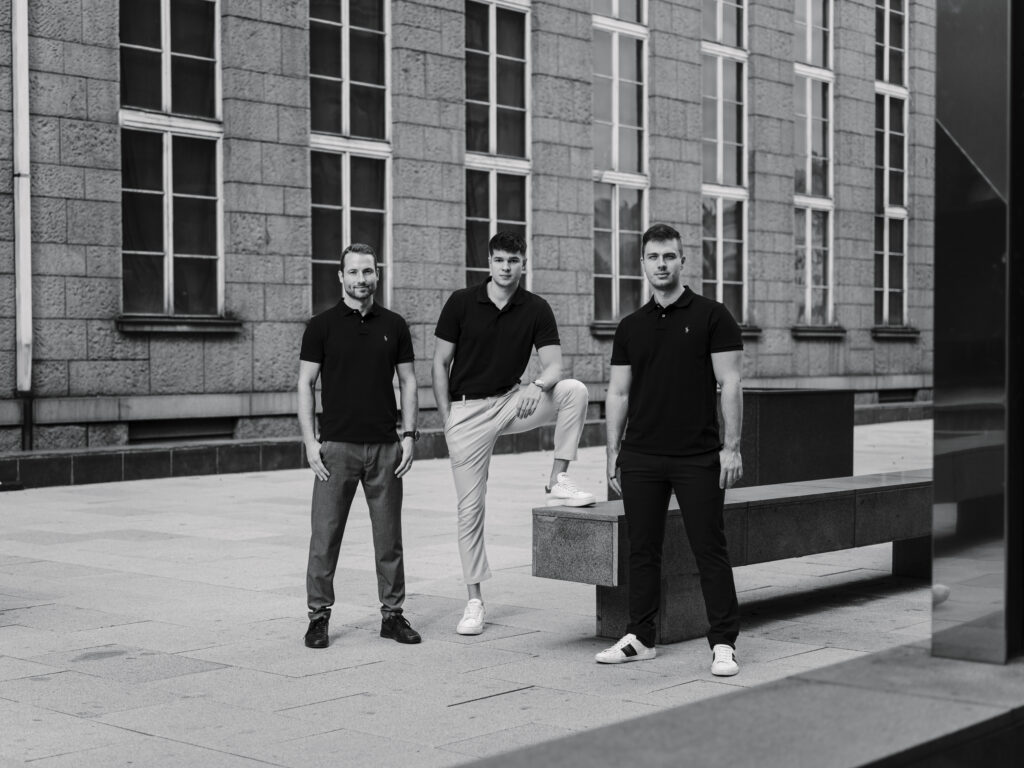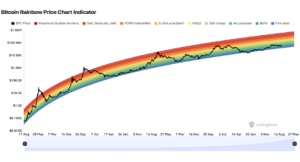Several of our investors and people in the digital asset segment have asked why we set up a new regulated fund, what it entailed and why in the Cayman Islands.
That’s why I am writing this blog post in which you will find all the essential answers to the most common questions.
Why we became fully regulated.
We knew from the beginning that a regulated structure was the only way to build a full-fledged fund that provides transparency and security to investors at a professional level. There is sometimes a perception among investors that it doesn’t matter whether they invest in an unregulated or regulated fund, because the legal form of a fund does not affect how its fund managers perform.
One can agree with this statement except there are various risks of investing in such an unregulated fund, especially in the case of cryptos. In an unregulated fund, there is no oversight of what is happening with your money, whether the results achieved match reality or if all security processes are in place.
At the same time, an unregulated fund is also constantly facing the risk of new restrictive regulation, for instance, the closure of bank accounts and the consequent barriers to redemptions.
In short, with an unregulated fund, you’re adding risks to an already risky investment!
In opposition, a regulated fund structure and procedures are designed to eliminate much of the risk associated with managing capital. Thus, the establishment of a regulated fund is ultimately in the interest of all fund managers who are serious about managing capital.
An independent director, administrator and auditor oversee what happens to your funds. The audited results are then sent to the regulator. In short, there are several independent elements to the whole process that ensure 100% transparency.
Another key point is the issue of custody. That is, where and how the portfolio is stored. Most investors from traditional markets are not aware of the risks in the digital asset market. For example, crypto exchanges are certainly not the place to keep the bulk of capital.
That is why we have chosen one of the most advanced solutions from Fireblocks that allows us to set up multi-factor verifications and help protect funds from various malicious attempts.
Also, the off-exchange feature enables us to exchange funds on centralized exchanges without leaving them there for a longer period of time.
And last but not least, it is important to mention that a fully regulated fund, as the name implies, is a full-fledged part of the world of traditional finance, so there is no risk that the upcoming regulation in the field of cryptocurrencies will threaten the functioning of the fund or our investors.
Many investors are also afraid to send money into “crypto investments” on the grounds that they then become undesirable to the bank. This risk is also eliminated by our compliance with regulation, as as a fully regulated entity we do not pose such a risk to banks to blacklist a client.
What was involved in setting up the fund and why the Cayman Islands?
The moment we made the decision that we wanted to be fully regulated a lot of questions came up at once:
1. What is ideal fund structure?
2. In what jurisdiction?
3. Are there any marketing limitations?
4. What are the costs?
5. How long it takes?
For each of these questions, there are several possible solutions, creating a vast array of options, which I won’t break down here as it would be more of a book than an article.
Below is outline how we thought about it and why we decided to set up Dopamine Investments in the Cayman Islands.
The most important parameter of our decision-making process was who is our customer.
In terms of legislation customers are divided into 3 groups:
1. retail investor
2. qualified investor
3. institutional client
Here the decision was relatively simple. Ability to offer retail products is tied up. Also managing a large number of clients is time-consuming. So we had the first parameter of the structure sorted out, it has to be a fund for qualified investors and institutions.
To be fully regulated the fund must meet the conditions of the regulator, which do not differ significantly from each other and generally the fund structure consists of:
– a fund
– a fund manager
– a director
– administrator
– auditor
– custody
Here comes the question of where to set up such a fund and how much it will cost. It was very difficult and time-consuming to compare jurisdictions with each other. From purely legal point of view, you can set up such a fund almost anywhere.
However, the problem arises when you start to address who will perform the various functions in the prescribed structure and whether anyone in that jurisdiction can provide those functions in a way that does not significantly limit your strategy.
The entire digital assets market is so specific that getting an administrator or auditor familiar with crypto in a given jurisdiction is not an easy task at all.
So we have researched where the most similar funds are. We found two jurisdictions matching our requirements Gibraltar and the Cayman Islands.
After a more thorough analysis, we found that Gibraltar essentially replicates the legislative framework of the Cayman Islands, where more than 70% of all regulated crypto hedge funds are domiciled.
In terms of costs and fund offering terms, the two jurisdictions were comparable.
However, the Cayman Islands ultimately prevailed because of:
– A wider range of potential suppliers
– Gibraltar is on the list of countries with increased monitoring (riskier)
– Better perception of the Cayman Islands for foreign investors (a number of US funds are based in this jurisdiction)
In terms of the costs of setting up and running the structure, the investment is around 100,000$ each year and consists of various regulatory fees and costs associated with the independent administration of the fund, which together with the cost of an independent audit ensures 100% transparency of our results.
Everything is also oversight by an independent Director, who must be mandated by the local regulator. Last but not least is the cost of custody, which allows us to set up proper security processes.
This whole project has also been a significant time investment. Almost 12 months from the decision to do a regulated fund, through the research, to the moment of the official launch. The aim of the project was to increase the security and transparency of the services offered, thus offering even more investors the opportunity to include cryptocurrencies in their portfolio. We have completed the first part and now our goal is to help as many investors as possible. Interesting opportunities are ahead of us in this segment, so it would be a shame not capitalize on them.
P.S. I would like to thank the Hobza Legal team for their contribution to the project.

